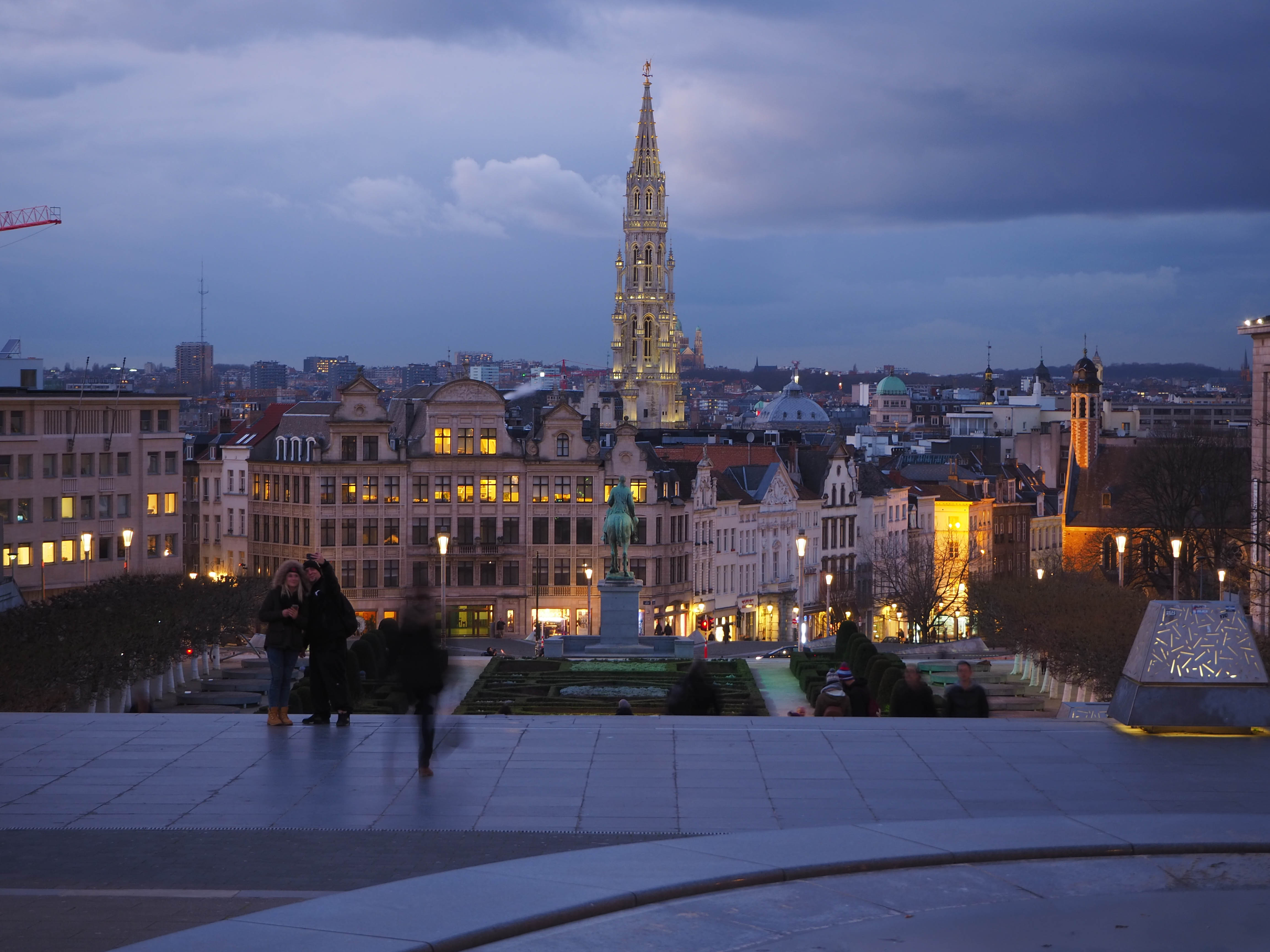What does a band of rabbits from a classic children’s book have in common with Europe’s energy transition? At the German-Czech border, the Zinnwald lithium mine threatens to displace communities and ecosystems, echoing the doomed warren from Watership Down.
“The wind carries the scent of the grass, rustling through the warren as the rabbits settle into their burrows. It is their home, a place of safety and community, where generations have lived in harmony with the land. Then, the ground trembles. The hum of machines grows louder. Trees fall, their roots torn from the soil. The warren collapses, tunnels caving in as the world these rabbits knew is reduced to dust and rubble. Some flee, others are buried alive. Their home is gone, sacrificed for human progress.”
This is the haunting opening of Watership Down, Richard Adams’ classic novel, where a group of rabbits are forced to abandon their land as property developers move in, blind to the life that thrived there. What was once a safe and vibrant habitat is threatened in mere moments, deemed insignificant in the face of industry and expansion. But this is not just a fictional tale. It is happening now in Zinnwald.
A lithium mine planned for the German-Czech border threatens to displace not only people but entire ecosystems, much like the doomed warren in Watership Down. The project, spearheaded by British mining junior Zinnwald Lithium Plc, has faced strong opposition from local communities and environmental groups due to its potential impact on biodiversity, water resources, and the region’s UNESCO-listed cultural landscape. The parallels are striking: just as Adams’ rabbits fought to find safety in a world indifferent to their survival, the wildlife and residents of Zinnwald now face a future dictated by corporate and political interests that prioritize intensifying extraction over conservation.
A project without a solid foundation
The proposed mine, located in Altenberg, Saxony, aims to extract up to 18,000 tons of battery-grade lithium hydroxide annually over a 35-year period. According to Zinnwald Plc, this would make it the EU’s second-largest hard-rock lithium project. Yet, the company has not completed a feasibility study, leaving key elements (such as tailings management, water use, and industrial site locations) undefined. Despite these uncertainties, the company applied for ‘strategic’ status under the European Critical Raw Materials Act (CRMA), which would grant it streamlined permitting and political backing.
Adding to the controversy Zinnwald Plc’s mining concession was originally held by Solarworld Solicium GmbH before its bankruptcy in 2017. The project is now facing renewed scrutiny over its economic viability, lack of transparency, and potential risks to protected habitats.
A fragile ecosystem at risk
Zinnwald’s planned operations threaten an area rich in biodiversity. The project would impact up to 10 Special Areas of Conservation (SACs) and Special Protection Areas (SPAs) in Germany, as well as three conservation zones in the Czech Republic. These habitats support endangered species, including the black grouse and horseshoe bat, which are protected under EU law.
In November 2024, the European Court of Justice ruled against Germany for failing to properly preserve protected Natura 2000 habitats, which this mine would directly affect even more. The proposed infrastructure, including roads for heavy mining trucks, could fragment crucial ecological corridors, further endangering wildlife.
Water scarcity and pollution risks
The mine also poses significant risks to local water resources. The company has not disclosed its expected water consumption or wastewater management plans. The Erzgebirge region, where the project is located, has faced increasing droughts in recent years. If the mine proceeds, it could jeopardize the water supply for both nature reserves and urban areas, including Dresden and northern Bohemia.
Additionally, the mine’s host rock contains high levels of arsenic, raising concerns about groundwater contamination. Previous mining in the area caused severe water shortages and public health risks, a history that local communities fear could repeat itself.
Social tensions and local resistance
The project has sparked widespread opposition. Residents in Zinnwald and the nearby village of Liebenau have formed citizens’ initiatives to resist the mine, citing fears over property devaluation, tourism losses, and potential displacement. Although Zinnwald Plc claims the mine will create 400 jobs, opponents argue that this does not justify the destruction of a region known for its natural beauty and historical significance.
In 2023, Zinnwald Plc held an invitation-only community meeting, sparking backlash over a lack of transparency. Since then, civil society groups have coordinated cross-border efforts to push back against the project. In early 2024, they sent a formal letter to the European Commission, urging it to deny the mine’s strategic status under the CRMA.
A questionable economic bet
Even if the mine receives approval, its financial feasibility remains uncertain. Global lithium prices have plunged by more than 80% since 2023, forcing major lithium mines in Australia to scale down or shut operations. Zinnwald’s deposit, with a relatively low lithium content (0.74% Li2O), may struggle to be profitable under current market conditions.
Further complicating the picture, one of Zinnwald Plc’s major shareholders is Chinese lithium giant Ganfeng International Trading Ltd. This raises concerns over whether the mine would truly contribute to Europe’s raw material independence or further entrench foreign dominance in the supply chain.
A flawed vision for Europe’s raw materials future
The Zinnwald case underscores a broader debate about Europe’s approach to critical raw materials. While securing lithium for the energy transition is crucial, projects like this highlight the risks of prioritising extraction over long-term sustainability. With unresolved environmental risks, weak economic foundations, and fierce local opposition, the Zinnwald mine is a test for how the EU will balance raw material needs with environmental and social justice. If Europe is serious about a responsible energy transition, it must move beyond extractive short-term fixes, and focus on deeper structural changes – reducing raw material demand and promoting true circular economy solutions. Without this, like in Zinnwald, we will be mining for trouble.


